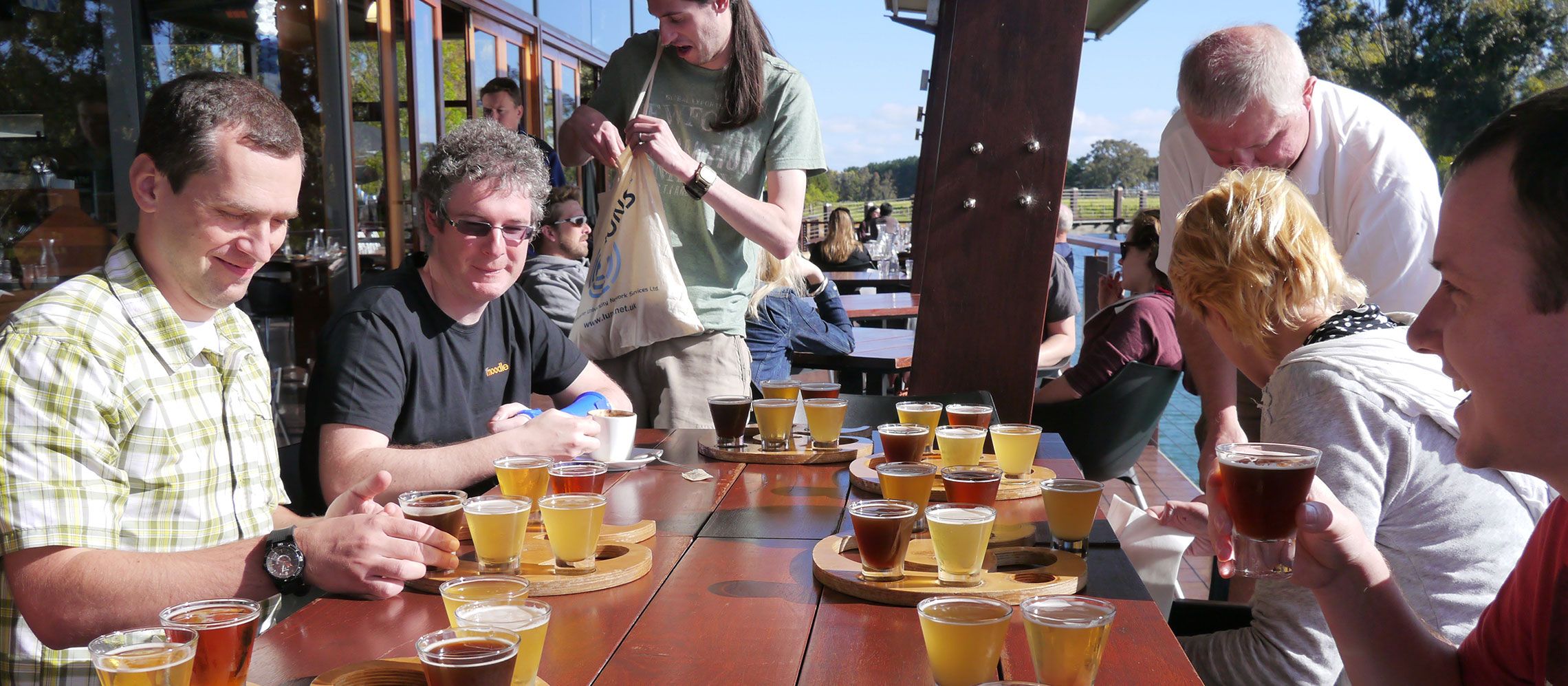Early Bird Deadline
30 November 2025
Judging
Date
23 March 2026
Winners Announcement
22 April 2026
30 November 2025
23 March 2026
22 April 2026

Beer is much more than a refreshing boozy drink. It’s a very complex beverage that comes in many styles and quality levels. Not all beer is created equal, so if you want to enjoy a beer to its fullest, you might find it useful to have a few beer-tasting skills. Here’s all you need to know.
Beer is just malted barley, hops, yeast and water. These four ingredients might sound simple, but when combined, they create a myriad of beer styles.
When it comes to colour, the leading player is barley. Producers germinate the barley grains and dry them with hot air or in an oven to make malted barley. The temperature in which the barley is ‘roasted’ determines the colour of the beer, from straw/gold to red/caramel to brown/black.
TIP No. 1: Don’t be fooled by the beer’s color. Dark beers can be light and crisp, and bright beers can be substantial and robust.

A women holding a glass of Tuborg beer, Source: Stock Image
Also read, Top Craft Beer Stores of London
Like wine, you can enjoy a lot of aromas coming out of your pint glass, and those aromas come from the yeast used to ferment the beer. Lager yeast produces no aromas — think Budweiser, while Ale yeast can create an entire spectrum of aromas from apples and baked bread, to kiwi and banana.
[[relatedPurchasesItems-40]]
The level of roasting of the grains also adds aromas. Medium roasted malts can add caramel aromas and heavily roasted malts are reminiscent of dark chocolate and espresso.
TIP No. 2: If you find fruit or bakery aromas, you’re probably in front of an Ale. Lagers have no noticeable aromas. Try to identify the aromas coming from the roasted malt too.
Hops are unique flowers used to stabilize beer. They also add bitterness to the concoction. And bitterness matters, because it’s the most important factor to determine if you like a beer or not.
Bitter beers like IPAs or double IPAs can be too much for the inexperienced. Still, they’re immensely satisfying once you get used to their intense mouthfeel.
TIP No.3: When you taste a beer, focus on the bitterness in the mid-palate, try to taste an American Ale VS an IPA to see the difference.
Also read, How to Pour Beer
Whenever you’re in front of a pint of beer, focus on its colour, and try to imagine what type of roasted malt was used. Smell your beer and identify if it’s an aromatic Ale or a neutral Lager, what aromas can you find?
Finally, focus on the bitterness in your palate. How many hops do you think the producer used?
With practice, you’ll soon be an expert beer taster and enjoy your favourite brews more than ever before.
Show your beers where it matters. Get your products tasted by top buyers and experts at the London Competitions — enter now.